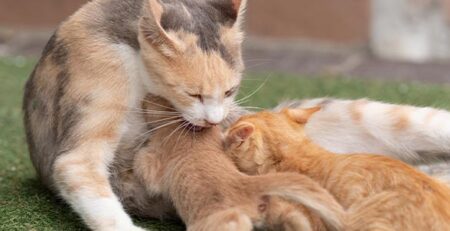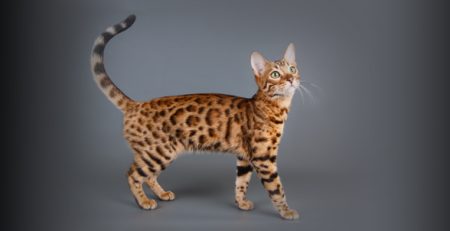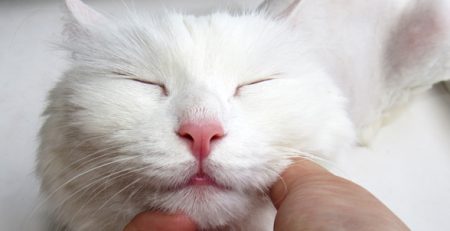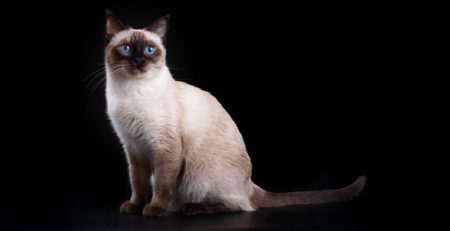The Sacred Cat of Burma, the feline of the goddess Tsun Kyan-Kse
The Sacred Birman cat is one of the feline breeds with the most fascinating history.
The origins of the Burmese cat are intertwined with legends rooted in Asian mysticism.
The story goes that these cats populated temples in ancient Burma (now Myanmar) where the worship of the Tsun goddess Kyan-Kse was practiced.
The most beautiful of these temples at Lao-Tsan contained a golden statue of the sapphire-blue-eyed goddess.
Mun-ha, the elderly temple priest, knelt before the statue with the faithful white cat named Sinh by his side.
One night, marauders entered the temple and killed Priest Mun-ha.
The cat climbed onto the priest’s examined body and then turned its gaze to the goddess.
The miraculous transformation at the hands of the Goddess
At that moment, a miraculous transformation took place.
His cloak took on a golden hue, his eyes turned blue, like those of the goddess, and his paws turned brown except for the ends that had touched the priest.
These, in fact, remained white as a symbol of purity.
Sinh stayed with his master for the next seven days and then died, taking Mun-ha’s soul to heaven.
From that time on, all the other cats in the temple also took on the appearance of Sinh and were considered sacred: they were thought to house the souls of priests bound for heaven.
This is why the Sacred Burmese Cat is believed to carry within it the sign of divinity and wisdom.
The recognition of race
In the early 1900s a pair of Burmese cats was imported to France.
The male unfortunately did not survive the journey, but the female gave birth to several kittens, thus forming the foundation of the breed in the West.
The Sacred Birman was officially recognized as a breed in 1965 by the Fédération Internationale Féline (FIFe).
The characteristics of the Burmese: beautiful and charming
The Birman is a medium-sized cat with a sturdy, muscular body, strong paws and a long, thick tail.
One of the most recognizable aspects is their beautiful semi-long hair, which is silky and tough but lacks undercoat.
Because of their lack of undercoat, Burmese are particularly sensitive to cold and drafts.
The coat ranges from white to cream, while the extremities-that is, ears, face, legs and tail-are a darker color, such as chocolate, blue or lilac.
The ends of the legs, however, are gloved in white.
The eyes are large and oval, a breathtakingly deep blue.
The temperament of Burmese cats
While maintaining a reserved disposition, the Sacred Birman Cat reveals a sweet and affectionate nature.
They are sociable cats who like to interact with people and tend to get along well with other animals.
Recurrent pathologies of the Burmese Sac.
Like all feline breeds, the Sacred Birman Cat is prone to certain diseases.
Although they are generally healthy, there are some genetic conditions that can affect them.
The most common issue, also related to the conformation of these cats, seems to beobesity.
One of the most common is hypertrophic cardiomyopathy, a heart disease that can affect cats of any breed, but seems to be especially present in some lines of Birmans.
Another condition that could occur is hip dysplasia, which affects mobility and can cause pain.
Therefore, it is essential to make regular veterinary visits and monitor their overall health.
To have your Sacred Birman, puppy or adult, checked for vaccines and periodic check-ups, contact the veterinary doctors on our staff who are always available to you.
We would also like to remind you that Clinica La Veterinaria is always open h24 every day including holidays and with First Aid service from 8 pm to 8 am.











